2D Video Analysis System to Analyze the Performance Model of Figure Roller Skating: A Pilot Study †
Abstract
:1. Introduction
2. Materials and Method
3. Results
4. Discussion
5. Conclusions
Funding
Acknowledgments
Conflicts of Interest
References
- Podolsky, A.; Kaufman, K.R.; Cahalan, T.D.; Aleshinsky, S.Y.; Chao, E.Y. The relationship of strength and jump height in figure skaters. Am. J. Sports Med. 1990, 18, 400–405. [Google Scholar] [CrossRef] [PubMed]
- Aleshinsky, S.Y.; Smith, S.L.; Jansen, L.B.; Ramirez, E.F. Comparison of biomechanical parameters demonstrated by Brian Boitano in Triple and Double Axel jumps. J. Biomech. 1988, 21, 882. [Google Scholar] [CrossRef]
- King, D.L. Performing triple and quadruple figure skating jumps: Implications for training. Can. J. Appl. Physiol. 2005, 30, 743–753. [Google Scholar] [CrossRef] [PubMed]
- Poe, C.M.; O’Bryant, H.S.; Laws, D.E. Off-ice resistance and plyometric training for singles figure skaters. Strength Condit. J. 1994, 16, 68–76. [Google Scholar] [CrossRef]
- King, D.L.; Arnold, A.S.; Smith, E.S.L. A kinematic comparison of single, double, and triple axels. J. Appl. Biomech. 1994, 10, 51–60. [Google Scholar] [CrossRef]
- King, D.; Smith, S.; Higginson, B.; Muncasy, B.; Scheirman, E.G. Figure Skating: Characteristics of triple and quadruple toe-loops performed during the Salt Lake City 2002 winter Olympics. Sports Biomech. 2004, 3, 109–123. [Google Scholar] [CrossRef] [PubMed]
- Brewin, M.A.; Kerwin, D.G. Accuracy of scaling and DLT reconstruction techniques for planar motion analyses. J. Appl. Biomech. 2003, 19, 79–88. [Google Scholar] [CrossRef]
- Asmussen, E.; Bonde-Petersen, F. Storage of elastic energy in skeletal muscles in man. Acta Physiol. Scand. 1974, 91, 385–392. [Google Scholar] [CrossRef] [PubMed]
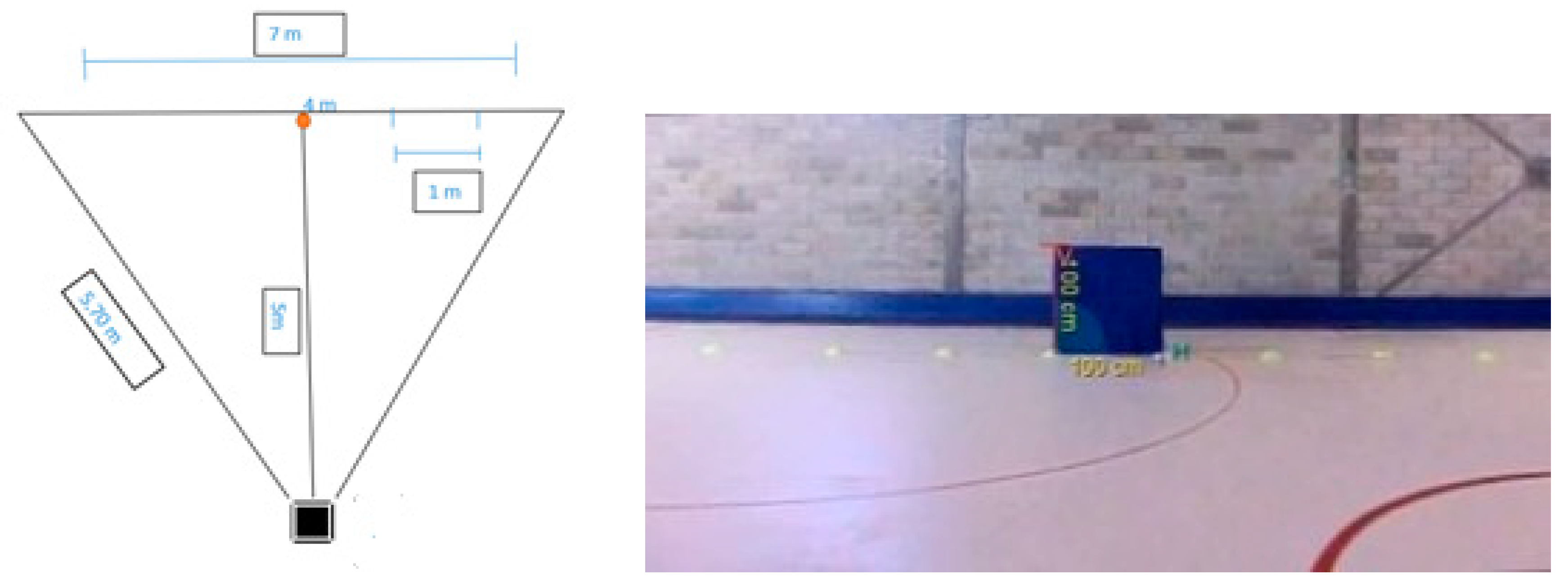
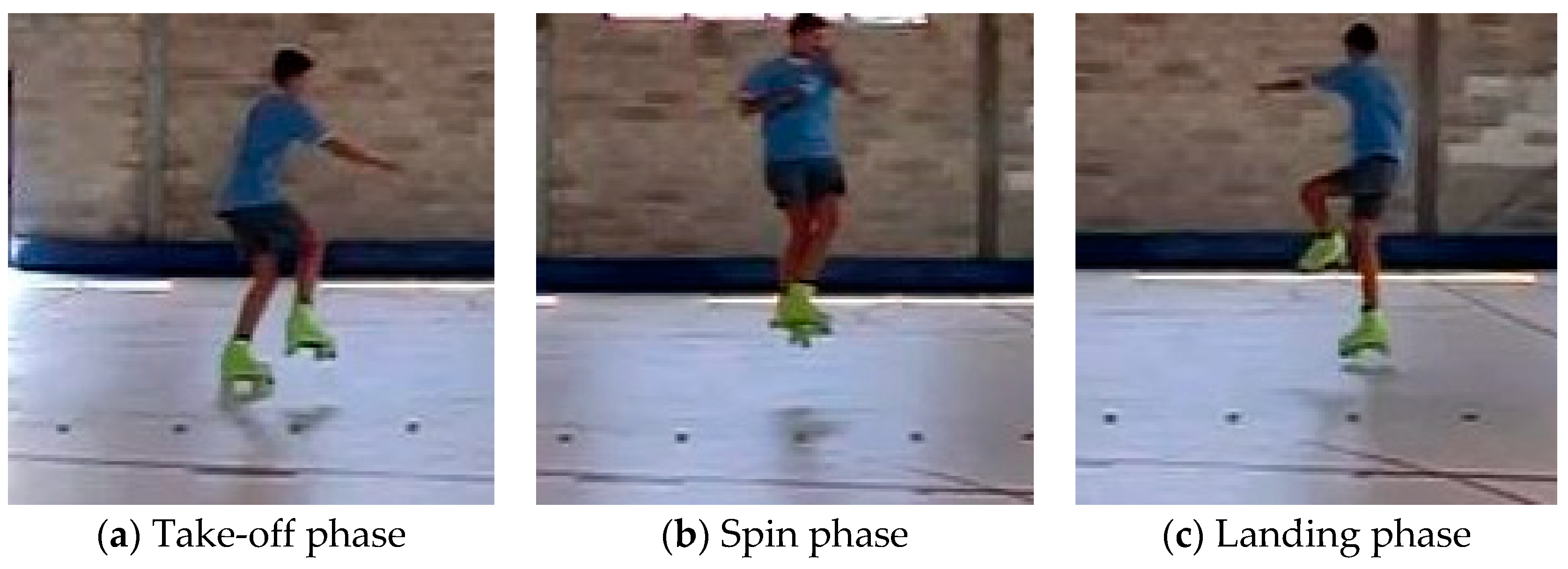

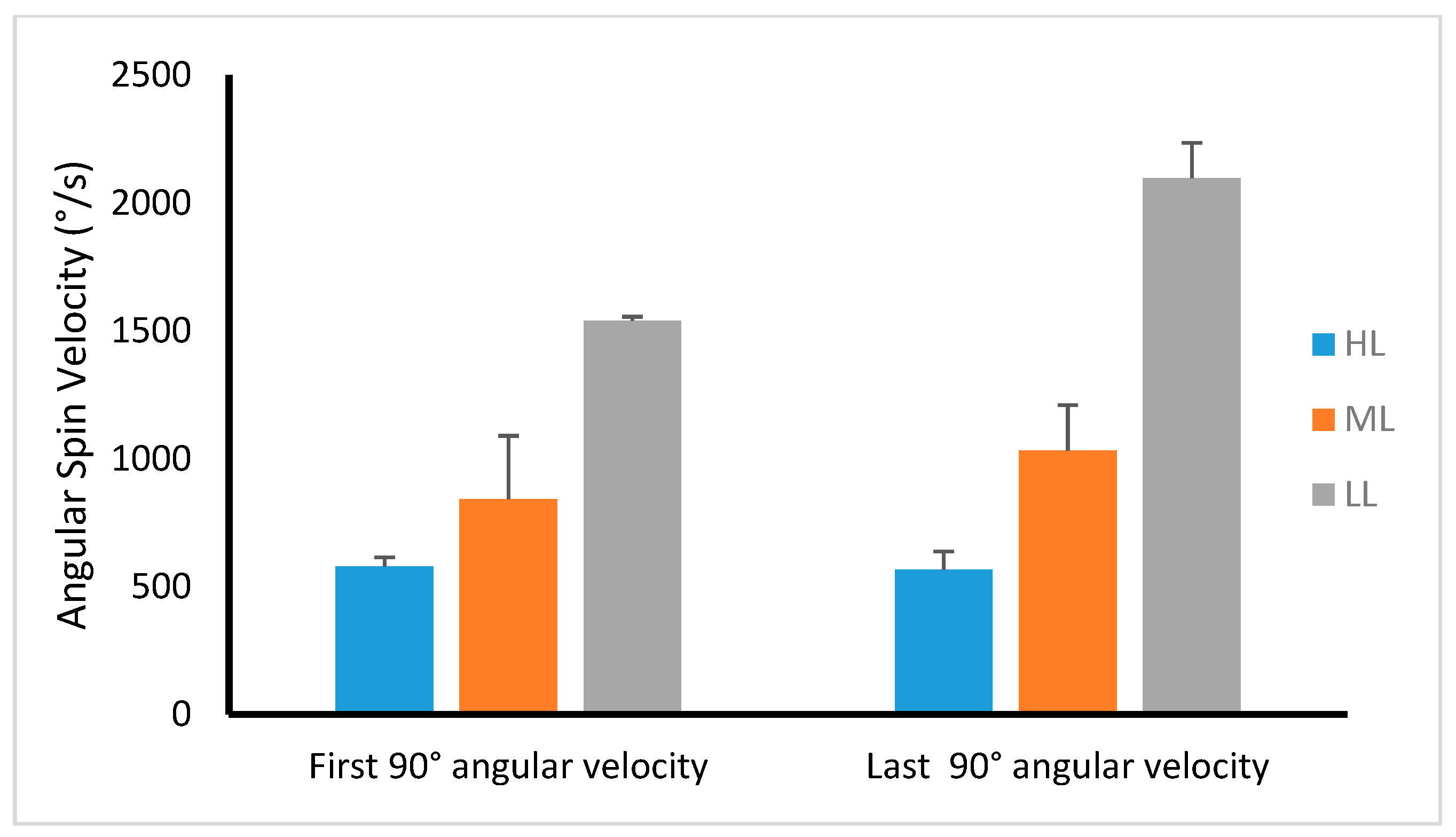
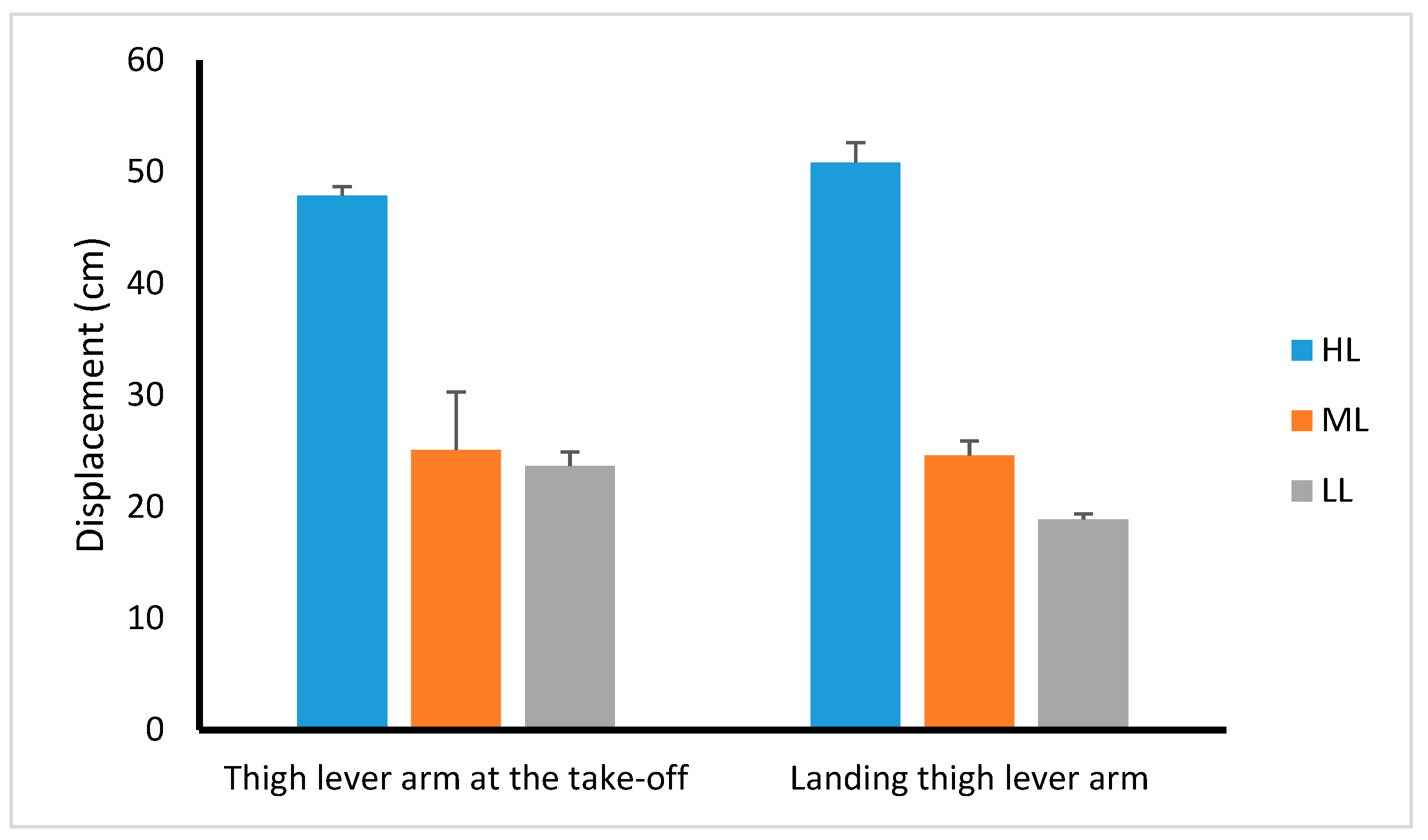
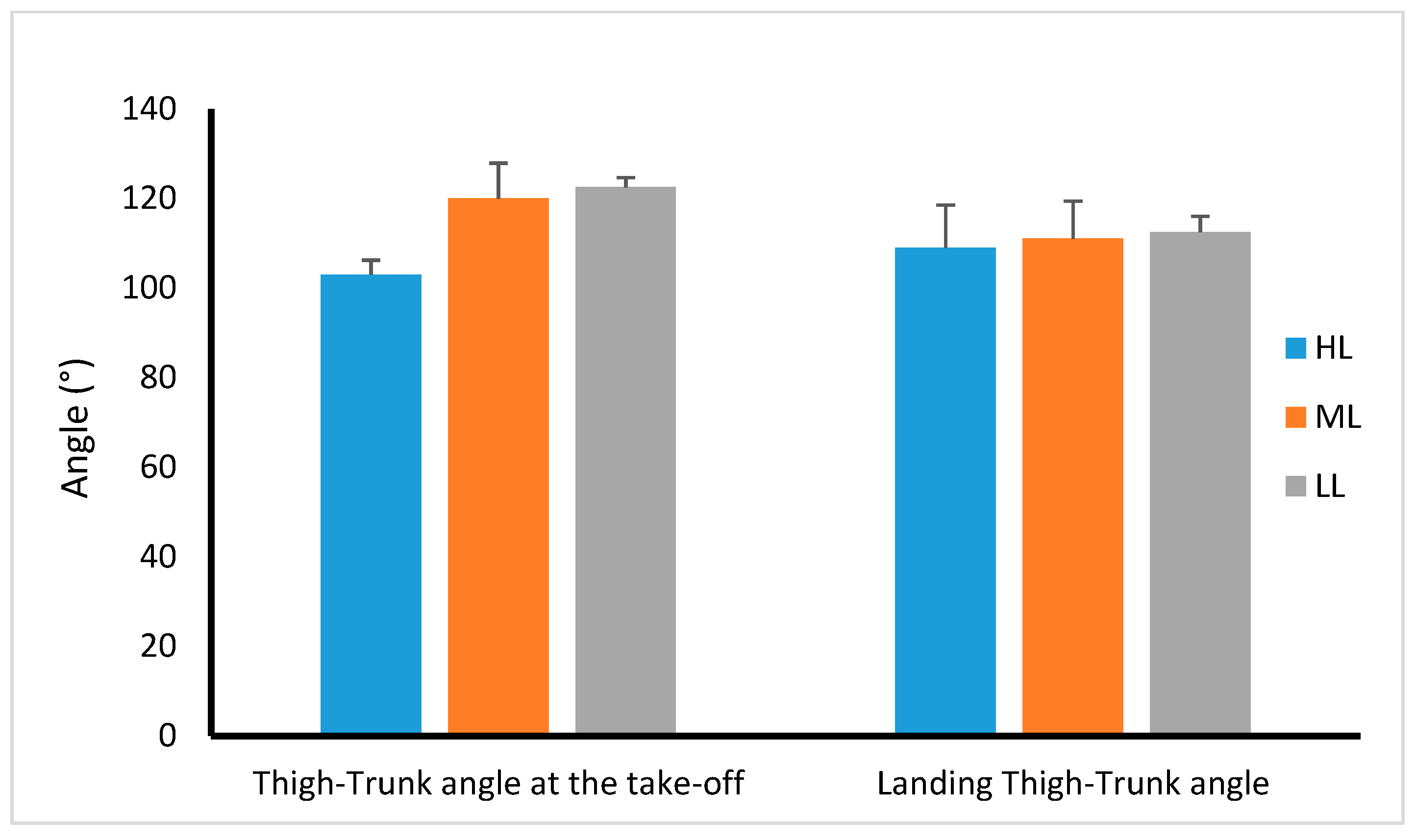
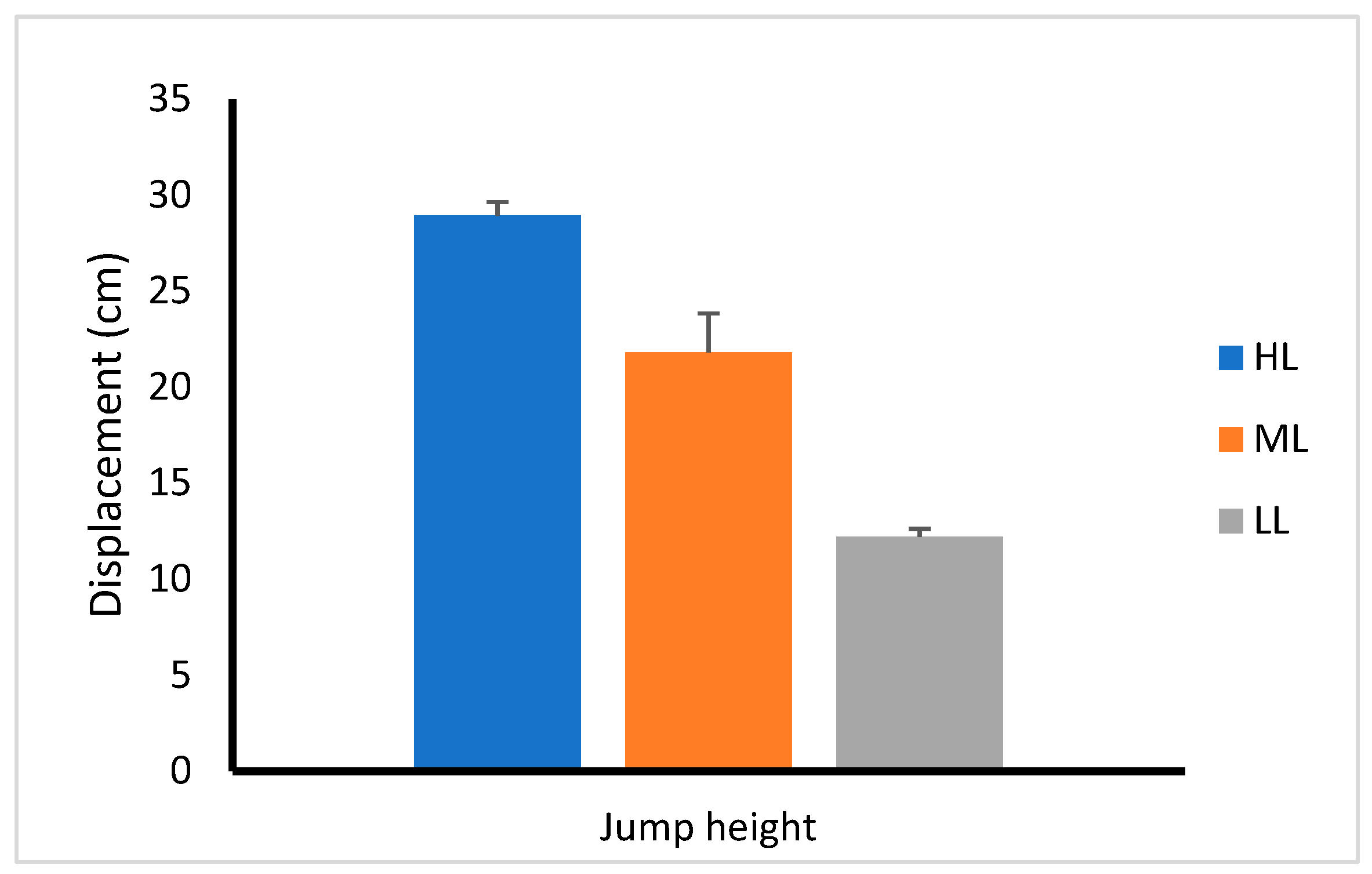
Publisher’s Note: MDPI stays neutral with regard to jurisdictional claims in published maps and institutional affiliations. |
© 2020 by the authors. Licensee MDPI, Basel, Switzerland. This article is an open access article distributed under the terms and conditions of the Creative Commons Attribution (CC BY) license (https://creativecommons.org/licenses/by/4.0/).
Share and Cite
Romagnoli, C.; Bonaiuto, V.; Gatta, G.; Romagnoli, N.; Alashram, A.; Padua, E.; Annino, G. 2D Video Analysis System to Analyze the Performance Model of Figure Roller Skating: A Pilot Study. Proceedings 2020, 49, 155. https://doi.org/10.3390/proceedings2020049155
Romagnoli C, Bonaiuto V, Gatta G, Romagnoli N, Alashram A, Padua E, Annino G. 2D Video Analysis System to Analyze the Performance Model of Figure Roller Skating: A Pilot Study. Proceedings. 2020; 49(1):155. https://doi.org/10.3390/proceedings2020049155
Chicago/Turabian StyleRomagnoli, Cristian, Vincenzo Bonaiuto, Giorgio Gatta, Naomi Romagnoli, Anas Alashram, Elvira Padua, and Giuseppe Annino. 2020. "2D Video Analysis System to Analyze the Performance Model of Figure Roller Skating: A Pilot Study" Proceedings 49, no. 1: 155. https://doi.org/10.3390/proceedings2020049155
APA StyleRomagnoli, C., Bonaiuto, V., Gatta, G., Romagnoli, N., Alashram, A., Padua, E., & Annino, G. (2020). 2D Video Analysis System to Analyze the Performance Model of Figure Roller Skating: A Pilot Study. Proceedings, 49(1), 155. https://doi.org/10.3390/proceedings2020049155







